I’ve just realised that I spent a long time tearing my hair out on the dissertation for my masters, and haven’t ever talked about it on the Mighty Pucks. The title was examining the interactive effects of athlete personality and coach transformational leadership upon athlete training behaviours which is not only a horror to write, I had to spit that out during a speech too! It was important to research this – not just to finish my degree – because each area has been researched but nobody has really connected the dots.
TRANSFORMATIONAL LEADERSHIP
So far we’ve established that people have different personalities and put athletes into training scenarios and they behave in different ways. Some traits lead to desirable training behaviours (conscientiousness and quality of preparation) whereas others are more undesirable (extraversion and distractibility). My masters dissertation was basically investigating these relationships and asking “how can we counteract that?” Who is present at training? The coach!
Transformational leadership is explained as a style that advances both the leader and the followers to the next level – how can we develop people to their highest potential? Transactional leadership is about receiving direct rewards or punishments from a performance. The majority of coaches fall on a spectrum and utilise both types of leadership. Research from business and the military indicates that transformational leadership results in better performances because the leaders are perceived as more effective thus followers increase their efforts.
Transformational leadership was conceptualised as six distinct behaviours: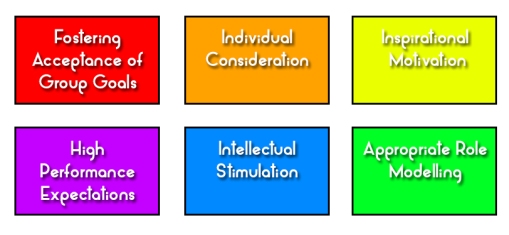
- Instead of my way or the highway, a TL gets everybody on the same page as they pursue an agreed, group goal
- A TL will take into account the needs of an individual within the team – some are more easily distracted, some are shyer
- A developed vision for the future is inspirational motivation – what exactly are we working towards?
- TL is not soft go out and have fun, don’t worry about the score, high performances are still expected
- A leader will host creative and challenging training sessions to encourage intellectual stimulation – it will not be the same four drills every night
- Importantly, the leader will be someone that the team can look to as a role model; the team’s behaviours are reflected in the coach
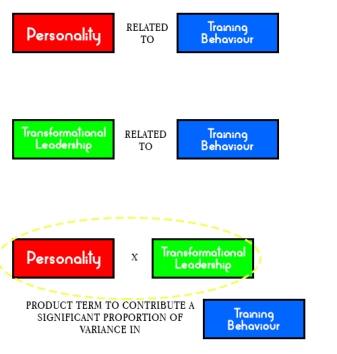
There were three main hypotheses to my own study.
- Personality is related to training behaviour
- Transformational leadership is related to training behaviour
- Transformational leadership moderates the relationship between personality and training behaviour
To make that a little less, urgh………
- Extraversion is related to distractibility (positively)
- High performance expectations are related to distractibility (negatively)
- High performance expectations will moderate the relationship between distractibility and extraversion – this wasn’t plucked out of thin air, previous research has shown that goal setting can moderate that relationship.
So off I went, full of hope and joy… I sent many, many, many emails, calls, messages, carrier pigeons, smoke signals etc to various sports clubs to gain contact with them. Players filled out four questionnaires: personality, training behaviours, their coach’s leadership, and one about their social desirability. This was there to eliminate individual’s who were giving the socially desirable answer rather than the truth (I never talk in class, I would always hand in money if I found it, you know the ones). And then to verify answers, we had players’ coaches fill out a questionnaire about training behaviours. I had to run ANOVAs to compare athletes and coach’s scores, z-score the variables to eliminate potential nesting effects and to centre them, then finally the main analysis, a moderated hierarchical regression, was performed. It was a heck of a lot of work, and unfortunately my sample size was too small to have much statistical power. But!! The study was important (to me and my degree) to tie these three areas together.
So there ya have it folks – my masters degree, the bane of my life!

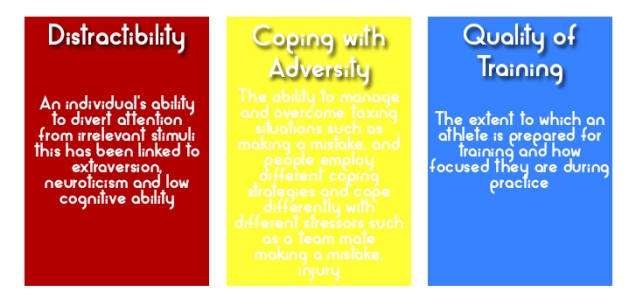
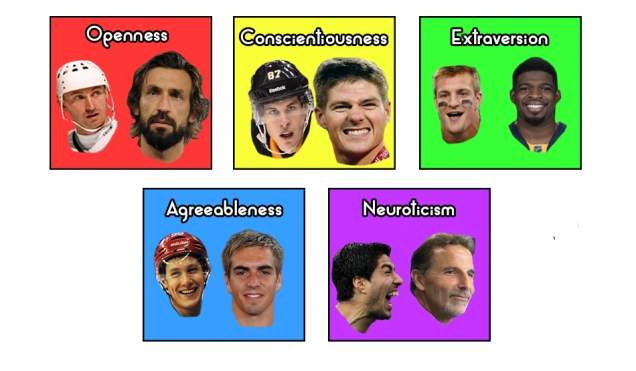
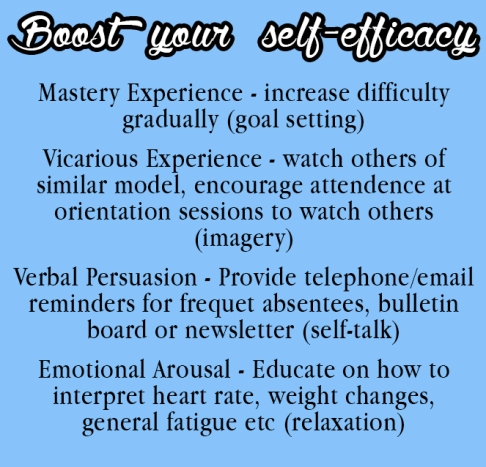
 preparatory change talk.
preparatory change talk.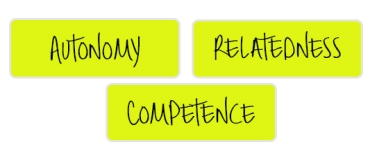
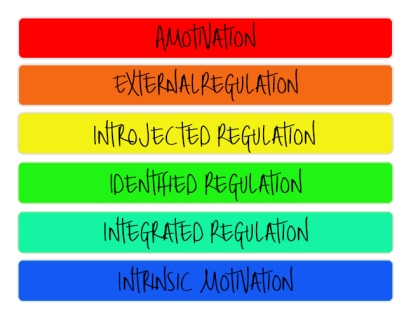
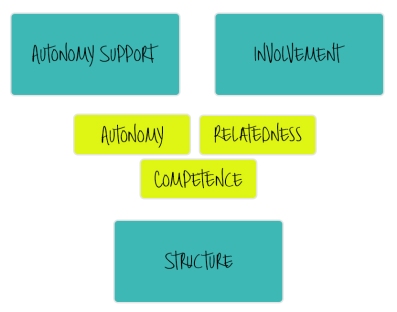 Autonomy Support – provision of options, minimise pressure, encourage them to initiate their own actions
Autonomy Support – provision of options, minimise pressure, encourage them to initiate their own actions
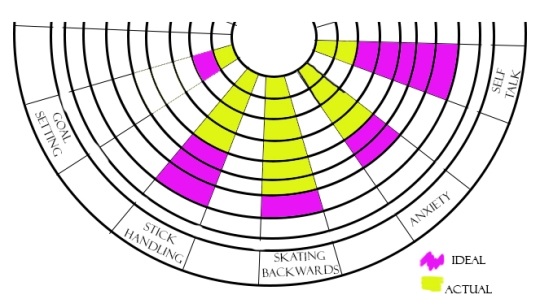 In this mock up (half of) one, you can see that although goal setting has the lowest actual level, the discrepancy between actual and ideal is only one whereas self-talk has five points difference and stick handling has three. Those two would be the qualities to work on improving, firstly. And actually, those two might work well to combine, for example using positive self-talk when stick handling to encourage and praise.
In this mock up (half of) one, you can see that although goal setting has the lowest actual level, the discrepancy between actual and ideal is only one whereas self-talk has five points difference and stick handling has three. Those two would be the qualities to work on improving, firstly. And actually, those two might work well to combine, for example using positive self-talk when stick handling to encourage and praise.